‘Strange Noise Coming Through the Speaker’ – Stranded Astronaut Reports Eerie Sounds on Starliner
Astronaut Butch Wilmore, currently aboard the Starliner spacecraft docked at the International Space Station (ISS), reported a strange noise coming from a speaker inside the spacecraft on August 31, 2024.
The unexpected sound immediately caught his attention, prompting him to contact NASA’s Mission Control in Houston for further investigation.
The Mystery Unfolds
Wilmore’s initial report of the noise to Mission Control was met with surprise. “I don’t know what’s making it,” he said over the radio.
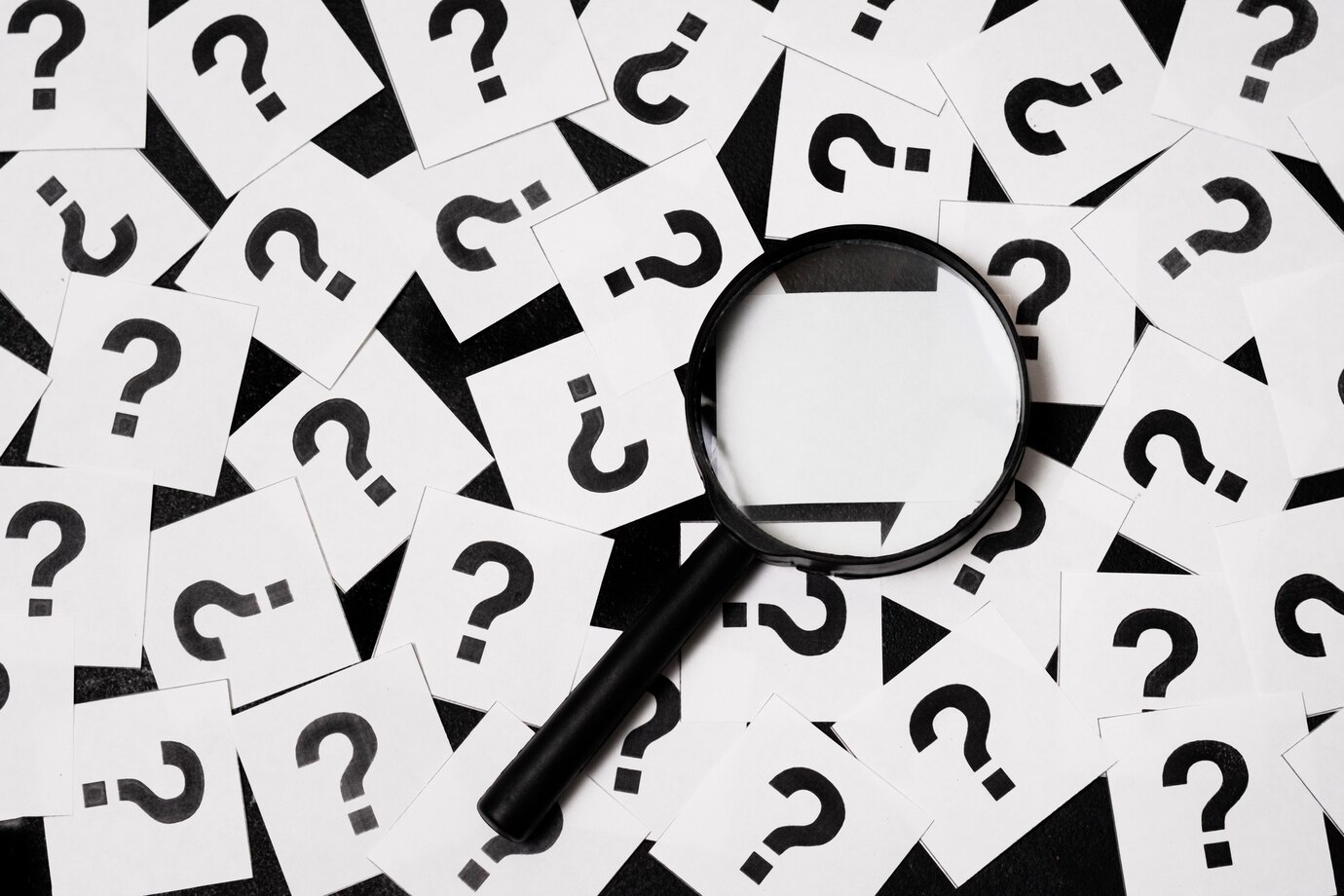
Source: Freepik
The noise was described as a repetitive, sonar-like ping that seemed to come from within the spacecraft’s audio system, creating a sense of mystery among the crew and engineers.
Capturing the Strange Sound
In an attempt to help Mission Control analyze the noise, Wilmore placed his microphone close to the speaker. A distinctive pinging sound echoed through the communications channel, described by the ground team as a “pulsing noise, almost like a sonar ping.”
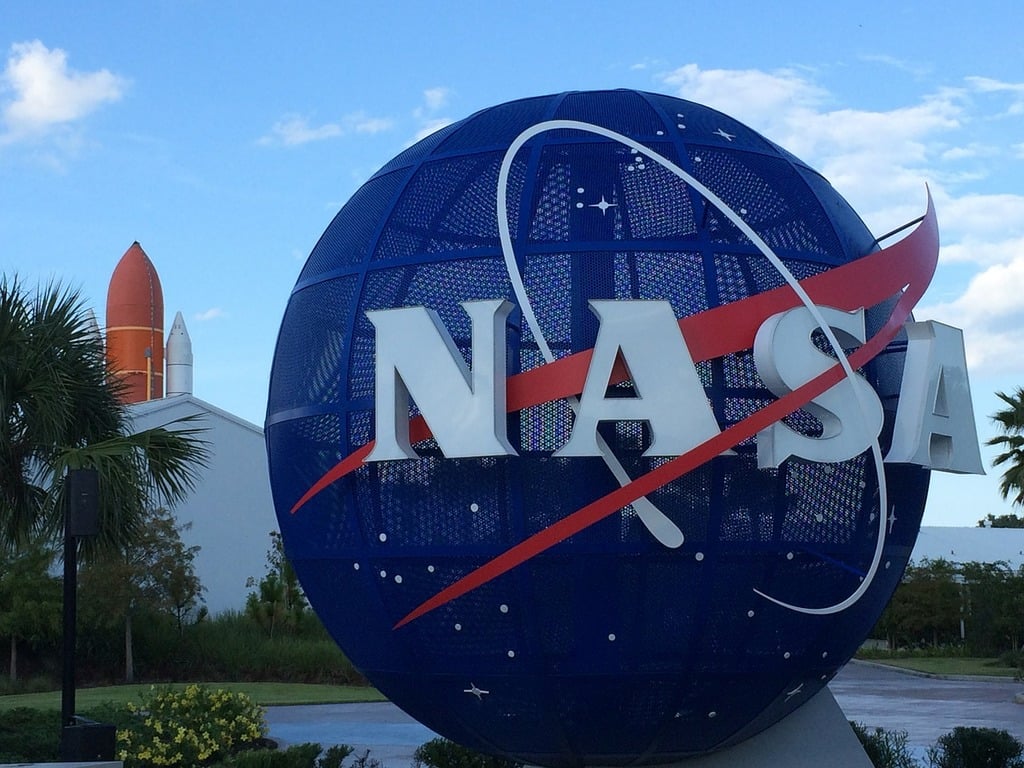
Source: Picryl
This was captured and shared widely, sparking curiosity and concern about the source of the sound.
Comparing to Past Space Oddities
This isn’t the first time astronauts have reported strange sounds in space. In 2003, Chinese astronaut Yang Liwei heard a knocking noise while in orbit.
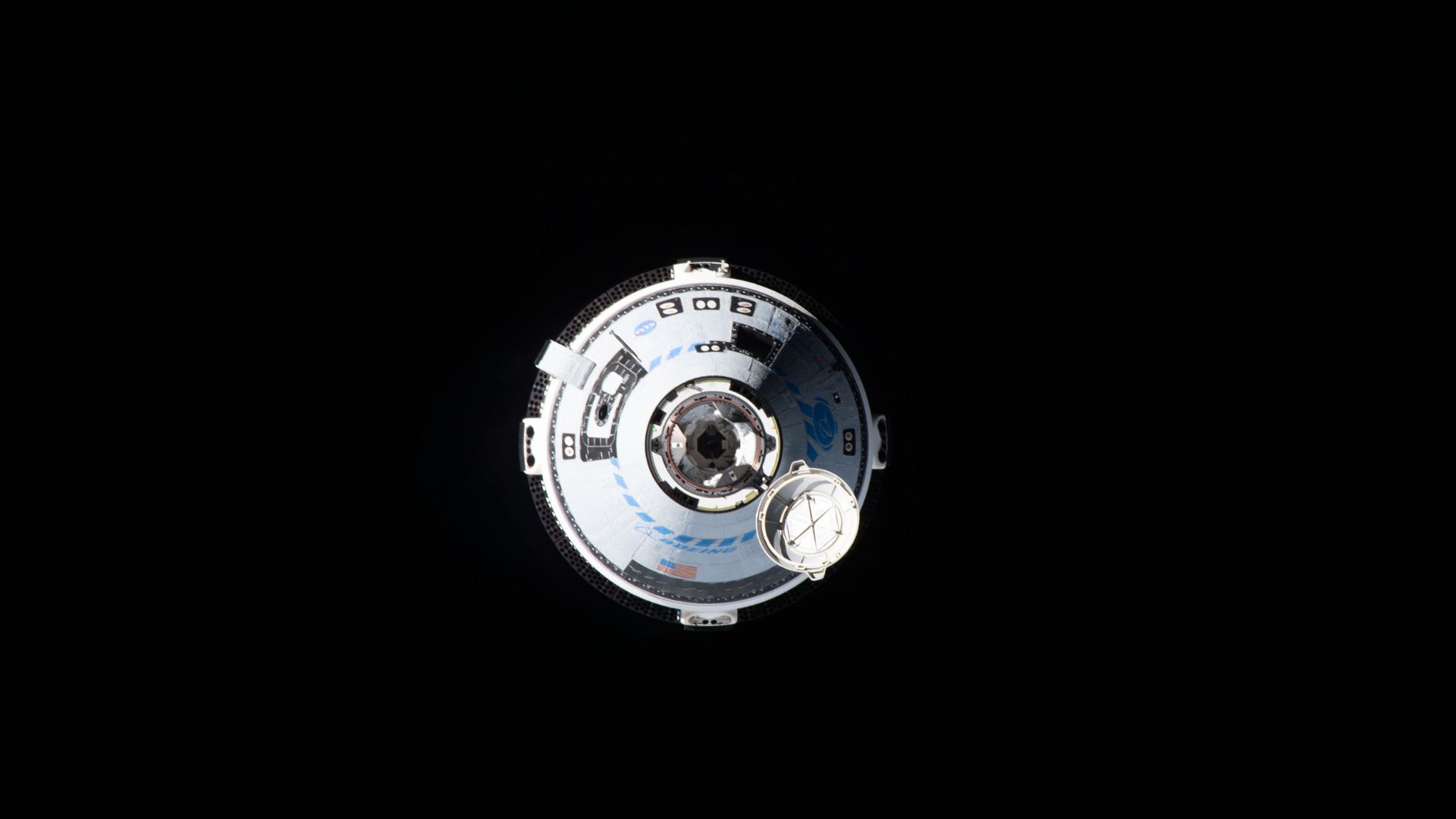
Source: Bob Hines/NASA/Wikimedia Commons
Similarly, Wilmore’s experience on August 31 adds to a long list of unexplained auditory phenomena that have occurred during space missions, each with its own set of possible explanations.
Potential Explanations
Past incidents of unexplained noises, like those heard by Yang Liwei, were often attributed to physical stress or pressure differentials on the spacecraft.
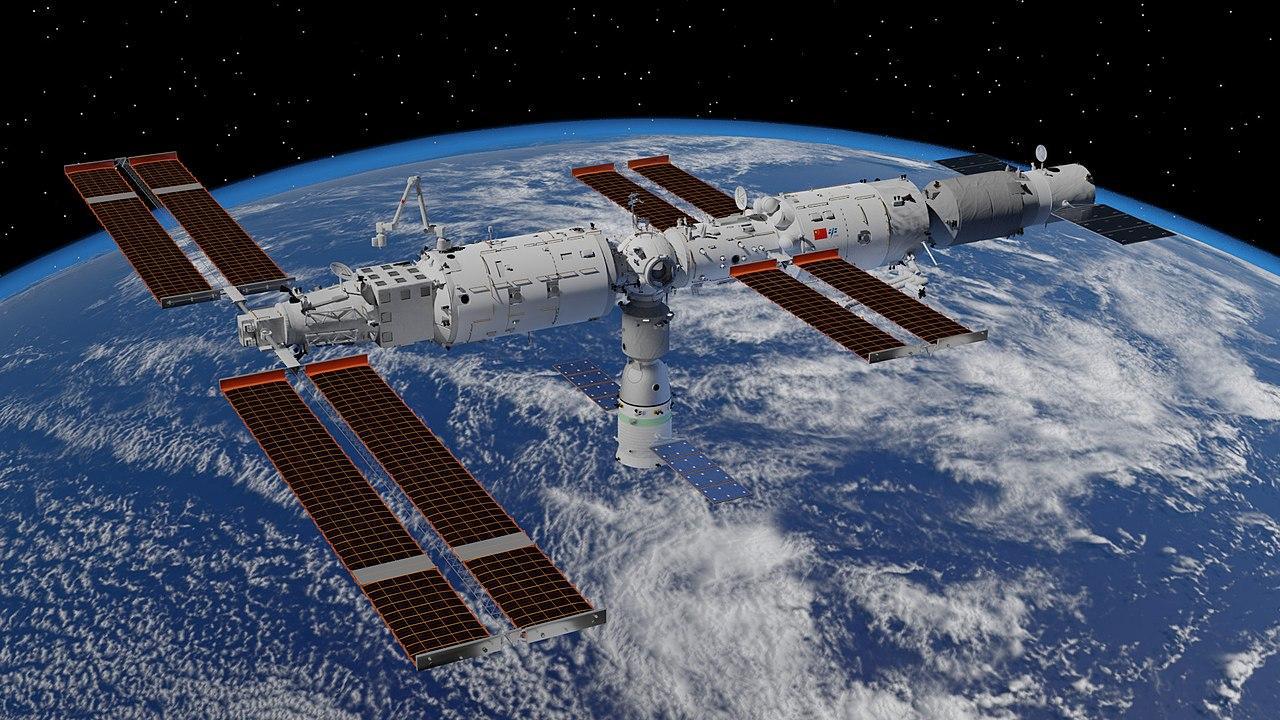
Source: Wikimedia
Could this be the case with the Starliner? Engineers are now considering whether structural stress or an electronic anomaly could be behind this new mystery.
Starliner’s Troubled Past
The Starliner spacecraft has faced multiple challenges since its launch. From significant helium leaks to failing thrusters, the Boeing and NASA team has had their hands full.

Source: Joel Kowsky/NASA via Getty Images
These issues raise questions about the spacecraft’s overall reliability, especially with an unexplained sound now added to the list of concerns.
NASA's Quick Response
Once alerted, NASA’s Mission Control swiftly moved to analyze the noise. They connected directly to the Starliner’s hardline audio system to capture the sound more clearly.
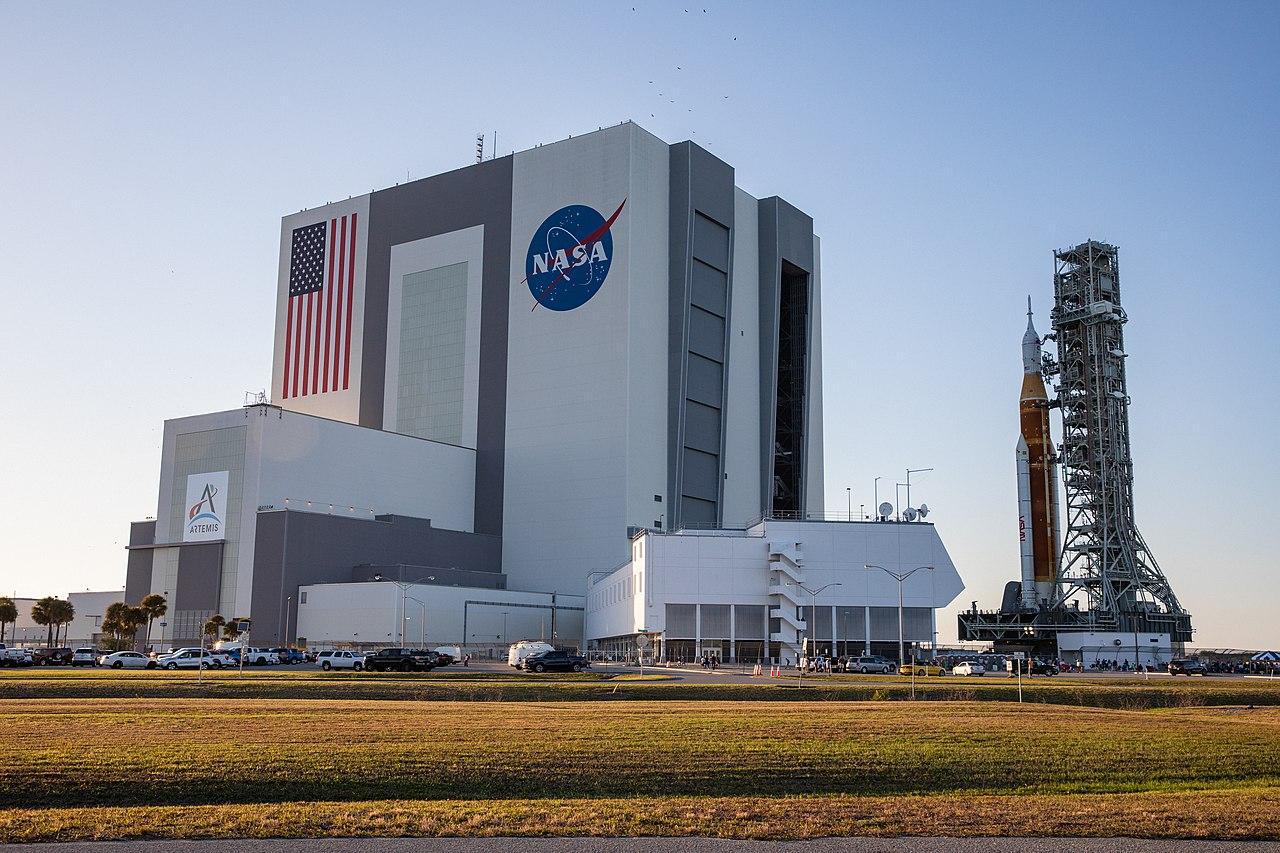
Source: Wikimedia
Their rapid response shows the importance of monitoring even the slightest anomalies, especially as the spacecraft prepares for its uncrewed return to Earth.
The Importance of Communication
Clear and effective communication is critical in space missions. Wilmore’s calm demeanor during the incident highlights the importance of experienced astronauts who can handle unexpected situations.
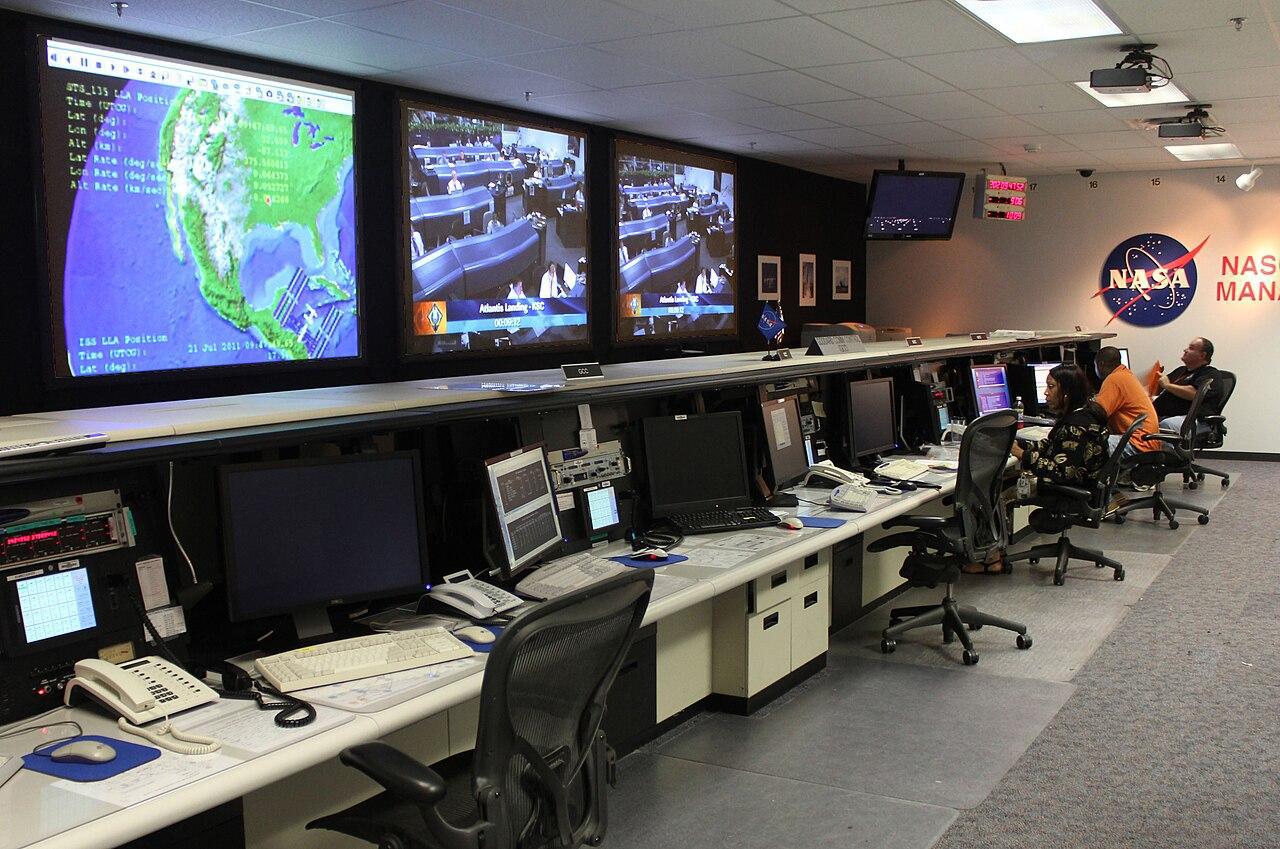
Source: Wikimedia
His clear reporting also allowed Mission Control to quickly understand and assess the situation, maintaining safety and order.
The Role of Space Engineers
Space engineers are now working to pinpoint the source of the noise.

Source: NASA/Wikimedia Commons
While the initial hypothesis suggests a benign cause, such as a minor equipment malfunction or a signal anomaly, all possibilities must be explored to ensure Starliner’s safety and the ongoing safety of those aboard the ISS.
Scheduled Return Adds Pressure
With the Starliner set to undock from the ISS and return to Earth autonomously on September 6, 2024, time is of the essence.

Source: NASA/Bill Ingalls/Wikimedia Commons
Engineers must quickly determine whether this sound poses any risk to the spacecraft’s systems or its safe return journey.
Preparing for an Autonomous Return
Autonomous spacecraft, like the Starliner, rely heavily on advanced technology and precise calculations for a successful return to Earth.

Source: Joe Raedle/Getty Images
Any potential issues, such as this unexplained sound, must be addressed promptly to ensure that the spacecraft can safely navigate back to Earth.
Awaiting Answers
For now, the source of the mysterious sound remains unknown. Wilmore and his crewmate, Suni Williams, will continue their mission aboard the ISS, awaiting further instructions.
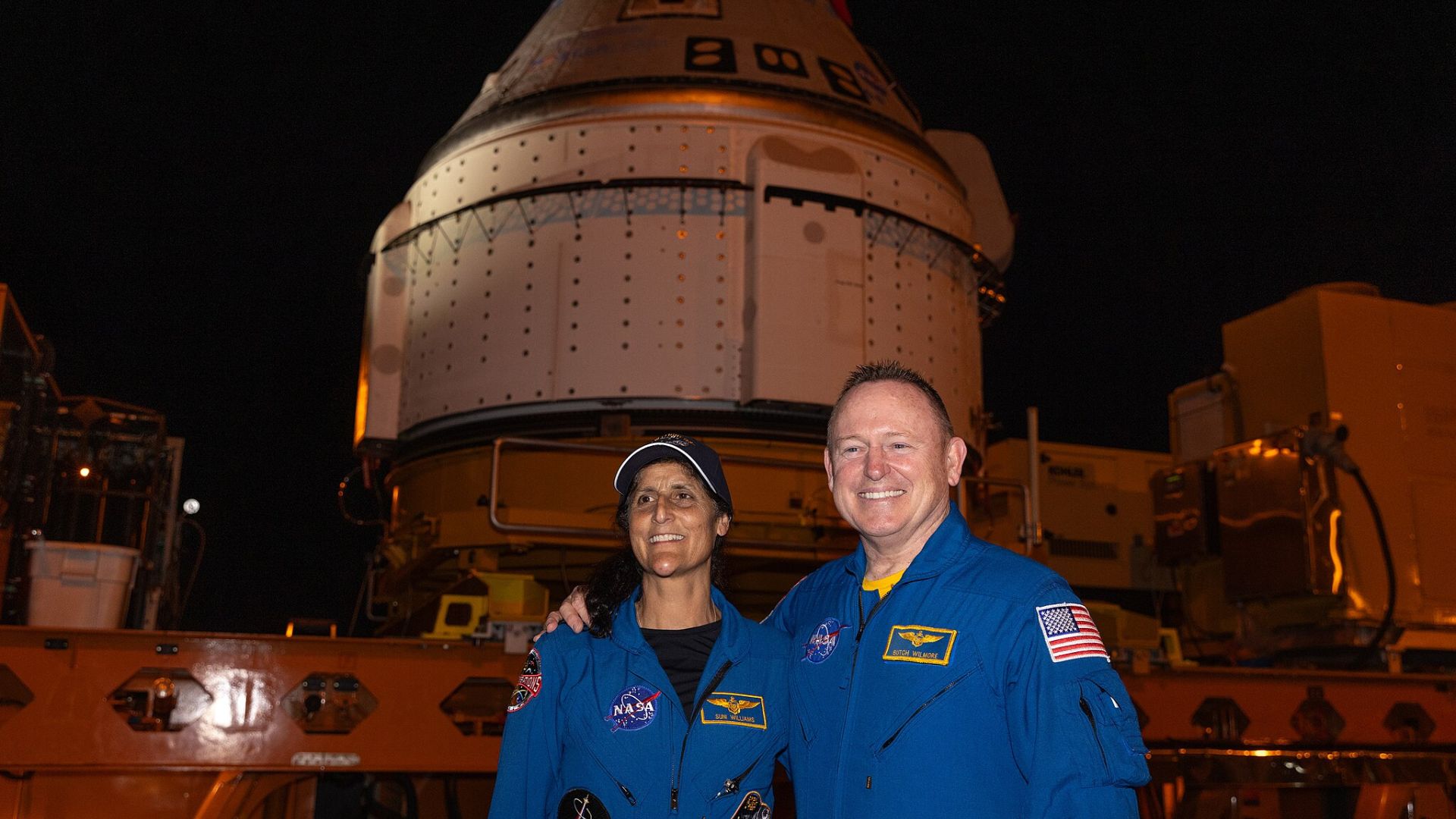
Source: NASA/Kim Shiflett/Wikimedia Commons
Meanwhile, NASA and Boeing engineers are left scratching their heads, pondering the Starliner’s latest enigma.
